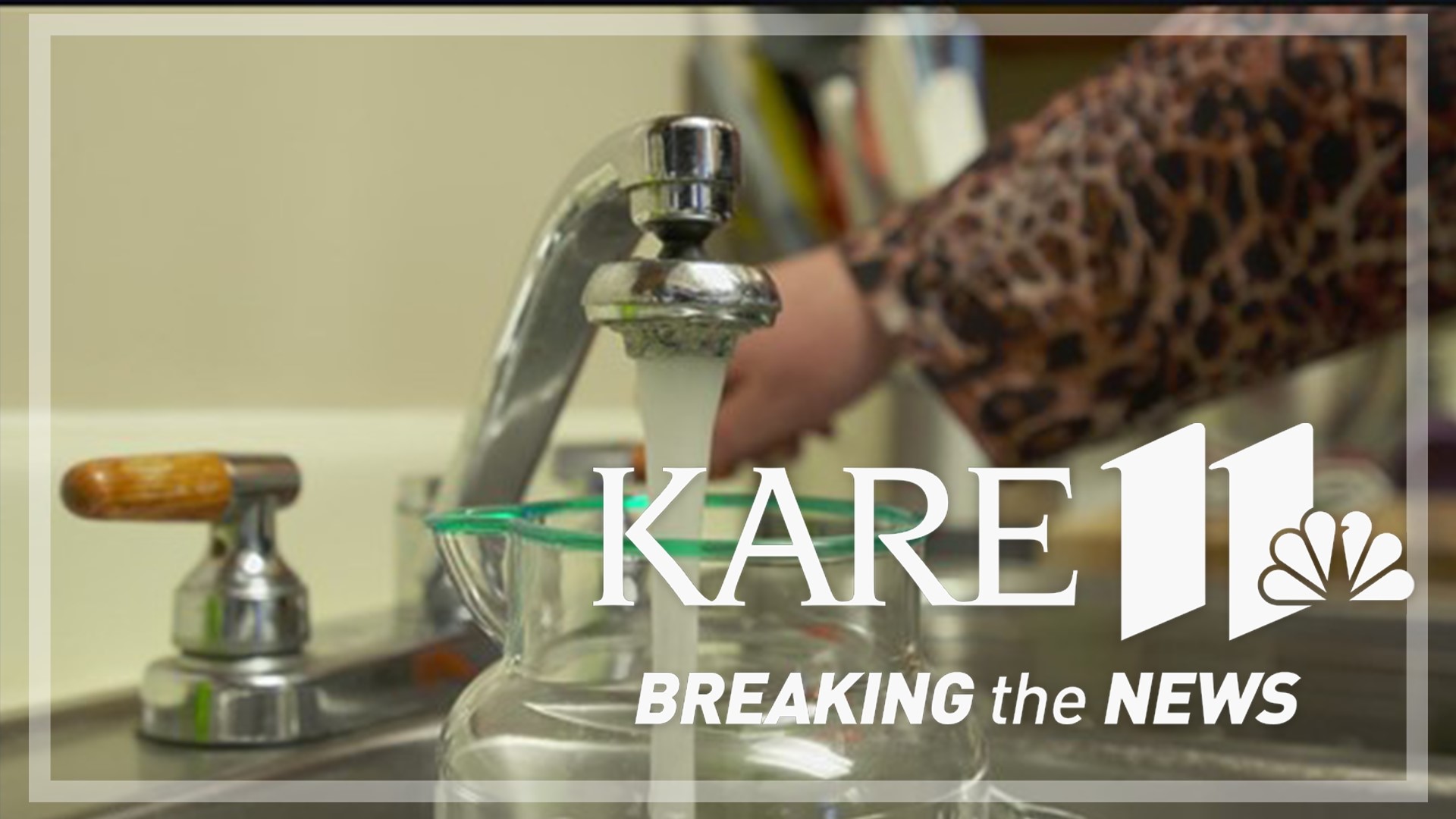SAINT PAUL, Minn. —
Per- and poly-fluoroalkyl substances (PFAS) commonly called “forever chemicals” have been a hot topic in political circles in recent weeks.
The chemicals have been found in remote water sources and have been linked to serious health issues.
Last month the Environmental Protection Agency (EPA) proposed new requirements that would set strict limits for PFAS in drinking water.
Pollution experts say these strict requirements could put a heavy burden on many water treatment facilities nationwide.
"They are so difficult to remove. They're just very complex and tightly bonded,” Patrick Shea says.
Shea is the general manager of Saint Paul Regional Water Services.
Shea says at his facility they aren’t removing PFAS from the water at this time.
“We’re testing pretty much quarterly right now,” Shea explains.
Shea says the PFAS levels in their water supply are so low that the PFAS don't need to be removed.
He adds that most water treatment facilities in Minnesota aren’t removing PFAS either, most facilities don’t even have the equipment that’s necessary to remove it.
Shea says there are two main options when it comes to removing PFAS from water.
"There is reverse osmosis, which is just a fancy filtration. Then there is carbon. Carbon is an absorbent material and PFAS will stick to those carbon particles,” Shea explains.
Shea says both of those systems are incredibly expensive.
In Saint Paul, the facility is already in the middle of a $250 million rebuilding project, which Shea says doesn't include any new upgrades to remove PFAS.
She says that the building project basically includes rebuilding two-thirds of their entire facility in Saint Paul.
"The bill for our ongoing project is going to be around $250 million and I would say a system for PFAS removal would be in that same ballpark of another $250 million," Shea says.
Some communities that do have high levels of PFAS are already looking at these costly upgrades.
Shea says Saint Paul likely won’t have to worry about costly upgrades for PFAS any time soon, as long as their PFAS levels continue to stay low.
“We are trying to make sure the levels that are coming in stay at these low levels,” Shea says.
Governor Tim Walz has set aside $45 million in his budget to help control PFAS levels in drinking water.
The State of Minnesota and the federal government have also set aside money to help communities pay for upgrades to their water treatment systems.
The Minnesota legislature is also debating four separate bills that aim to address PFAS production and contamination in Minnesota.
Watch more Breaking The News:
Watch all of the latest stories from Breaking The News in our YouTube playlist:

